The Davy Notebooks Project has been digitising and transcribing 83 volumes of diaries written by the influential 19th-century chemist Humphry Davy. Over five years, thousands of volunteers have worked to make Davy’s thoughts and findings available to the public. The diaries paint a complex picture of one of chemistry’s leading figures: from his scientific discoveries to his interests in the arts, his experiments with nitrous oxide, his views on his contemporaries and his thoughts on race.
These excerpts of pages from his diaries show some of the different aspects of his life, his work and his character.
Observations and calculations
Davy’s diaries record his ideas and experiments on a wide range of topics across various scientific disciplines.
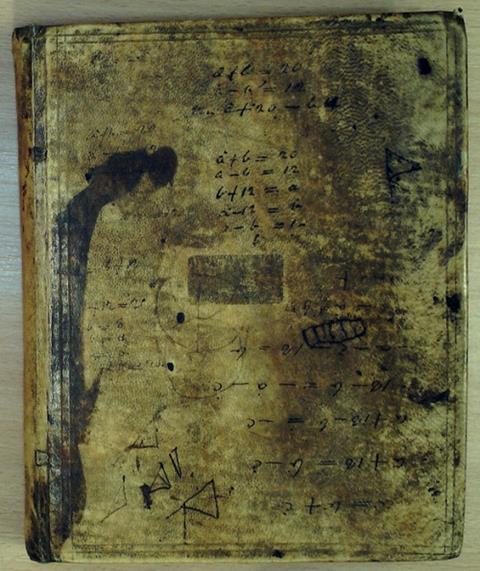
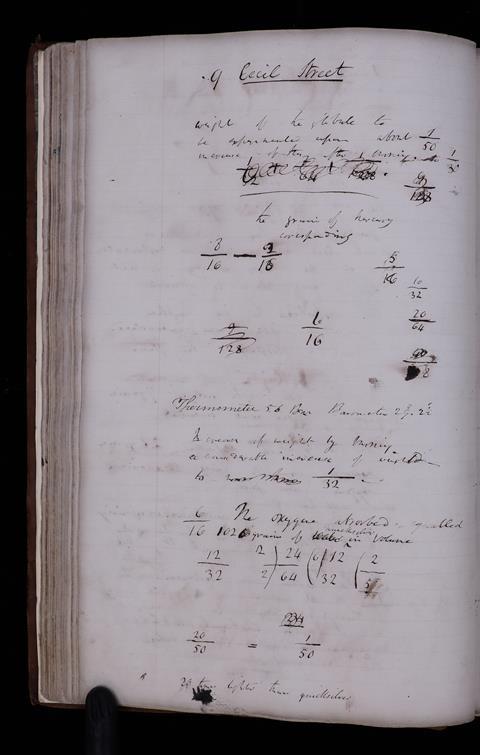
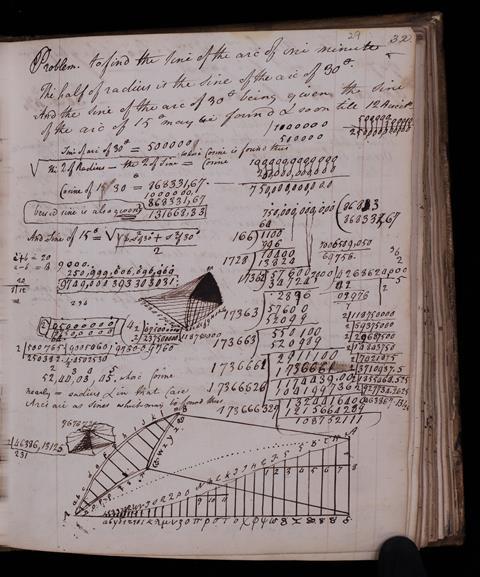
The Davy Notebooks project
This long-running citizen science project has uncovered new insights into Davy’s life. Jamie Durrani talks to the people who led the project about what they’ve learned.
Ellie Bird, a historian on the project discusses her thoughts on how we should curate Davy’s legacy.
Well versed
The diaries also contain many examples of Davy’s creative side, including poems inspired by his own experiments with nitrous oxide.
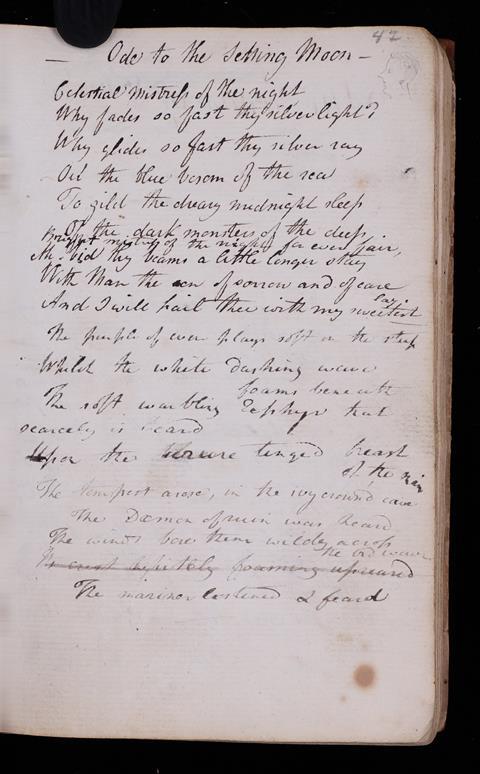
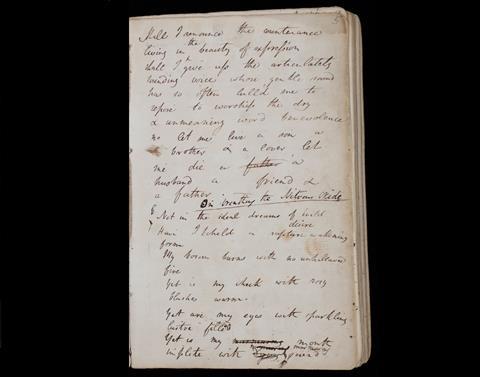

Scientific sketches
The pages are also illustrated with many drawings and figures that reveal Davy’s skill in capturing the natural world.
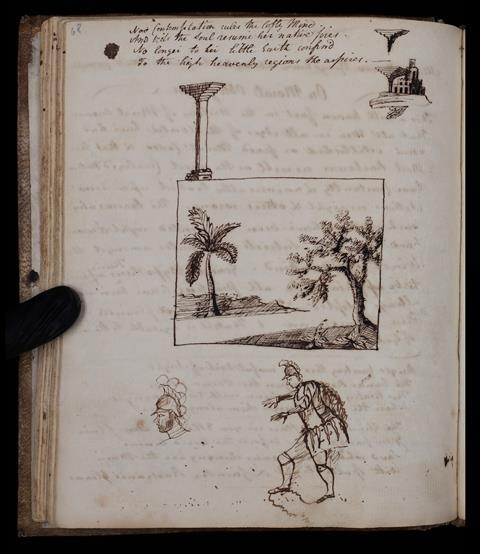

Self experimentation
Davy is well known for his experiments with nitrous oxide, which he nicknamed laughing gas, and on several pages of his diaries he records his own experiences of its effects on the human body.
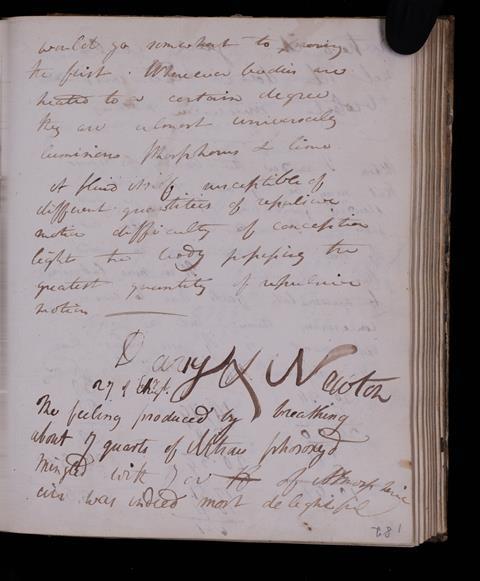
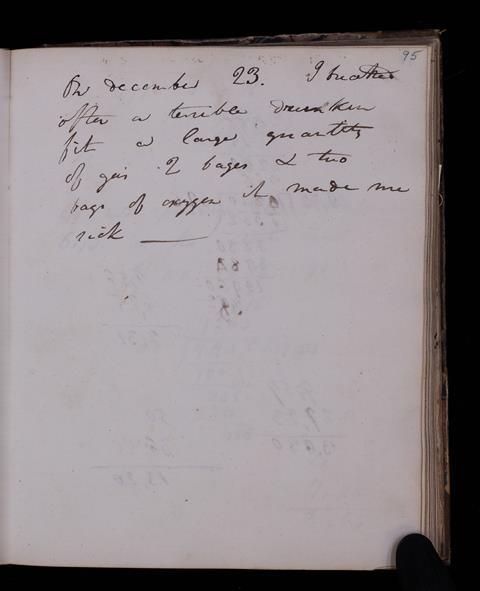
Views on race
In the 18th century, Davy’s contemporaries used seemingly scientific approaches to justify subdivisions of humans, and attitudes of racial inferiority and superiority were common. Excerpts from his diaries show that Davy shared at least some of these views.
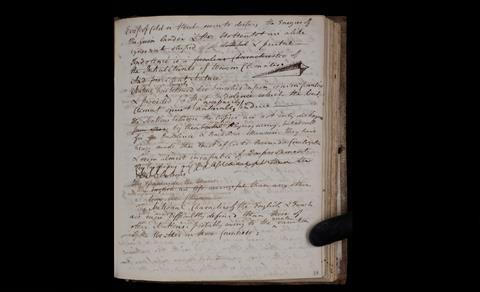
Davy Notebooks Project in numbers
- 83 – the number of notebooks transcribed by the Davy Notebooks Project. The notebooks contain around 11,500 pages of Davy’s writings dating from when he was in his teens in the 1790s right up until his death in 1829.
- 3500 – the number of volunteers who helped to transcribe Davy’s notebooks using the citizen science platform Zooniverse.
- 5 years – the period of time since the notebooks project first kicked off back in March 2019.
- £1 million – the project team were awarded a substantial grant to carry out the work, which has revealed unparalleled insights into the mind of one of the most famous 19th-century chemists.
- 3 – the number of notebooks, mostly relating to Davy’s fishing exploits, that are still missing. Davy’s name does not appear in them and the project is appealing for librarians and archivists to check their collections.
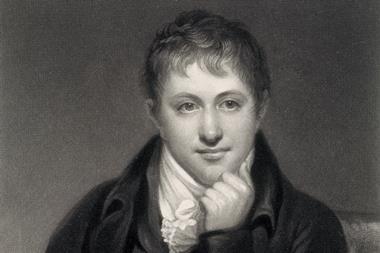
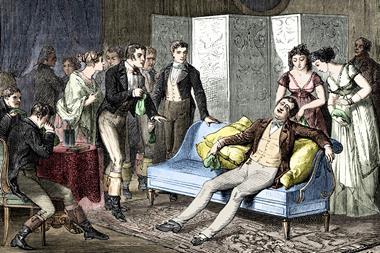
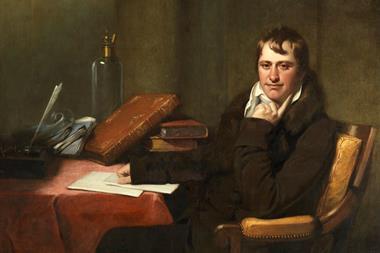









No comments yet